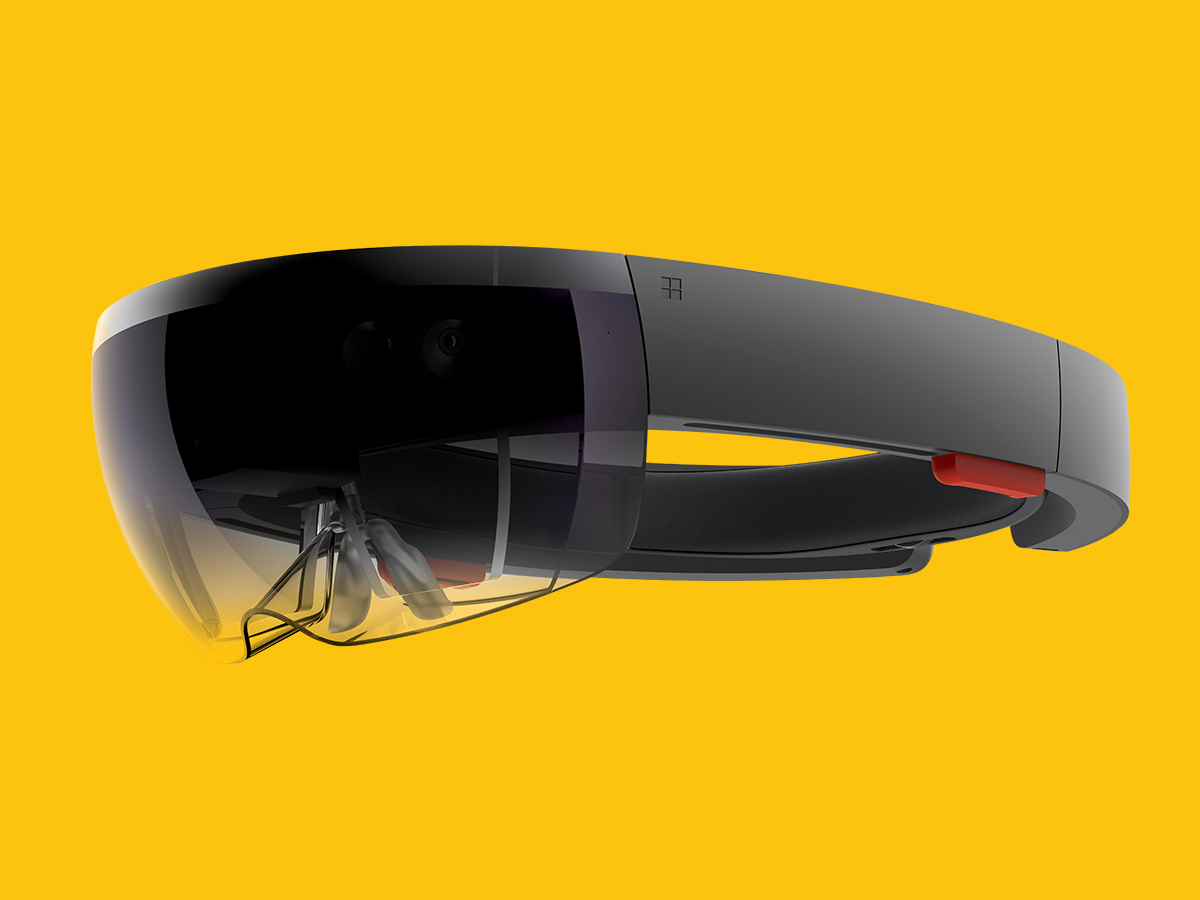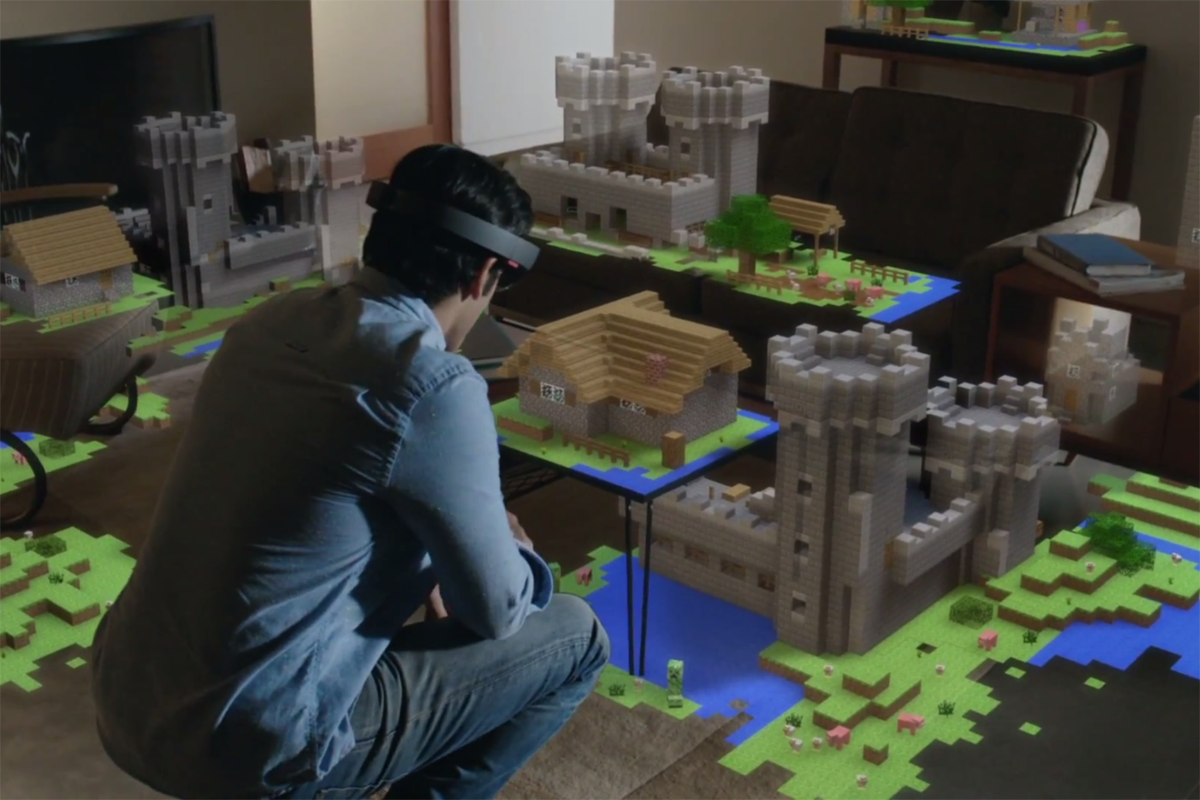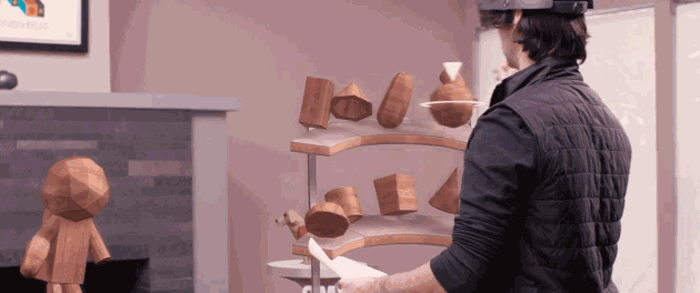Today, Microsoft held a conference to announce a number releases related to the new Windows 10 operating system, but all eyes were on the HoloLens, which, in a way, is the company’s answer to the now defunct Google Glass and Facebook’s Oculus Rift. Looking at it from another standpoint, however, HoloLens is much more, and not just because of its envisioned 3D printing applications.
The HoloLens is similar to Google Glass in that it uses AR technology, but differs in that it is also a holographic device. Likewise, it is similar to the Oculus Rift, in that it offers a fully-immersive experience, but differs in that it blends that experience with the reality around the user.

History tells us that innovation happens when multiple technological trends collide and the HoloLens seems to be doing just that. It is not just a pair of goggles as much as it is a complete stand-alone computing system, with a CPU and GPU. The team behind it humbly describes it as the “personal computer of the future” and the best part about it is that it should be available in a “Windows 10 timeframe”.
On 3DPI we have often covered AR systems which can help the user get a more intuitive approach to 3D modeling items for 3D printing. This is something that is already happening at the higher levels of corporate R&D; even Space X’s Elon Musk once said that he prototypes rocket parts on an AR 3D visualizer to be laser sintered on a 3D printer.
As much as Microsoft is proposing the HoloLens very much as a gaming device, by showing a holographic Minecraft world all around a living room, it is likely that gaming will just be a small part of its potential. This is exactly what happened with the Kinect: it was made for gaming and ended up being used for everything but. As we know at 3DPI, the Kinect is frequently used for creating 3D models to 3D print. The same – if you watch minute 1:15 to 1:20 of the video below – is likely to happen with the Microsoft HoloLens.
In fact, Microsoft has been a big believer in consumer 3D printing from the beginning, when it integrated 3D printing support in its Windows 8 operating system and began selling MakerBot 3D printers in its stores. It should come as no surprise that it sees 3D printing as a way to transform whatever can be seen and made in the virtual AR world into a physical object. And, with AR, the reverse process is true, too: bringing the real world into the virtual.

It is also clear that it would be impossible to talk about a 3D holographic system, today, without mentioning 3D printing, a great victory for the industry and its quest to raise popular awareness about the technology. In this quest to blend virtual reality with physical reality, as a mixed reality, Microsoft will be facing off with HP’s blended reality ecosystem, 3D Systems’ Digital Thread, and Autodesk’s Reality Computing. Although, judging from the Microsoft HoloLens, Satya Nadella’s company seems to be a little further ahead at this point. Virtual and physical will be meeting up through 3D printing and the software companies have a lot more muscle at this point.
Other applications will range from education to medical, engineering and architectural design. It will likely cause less nausea than the Oculus Rift and have more possible, practical applications than Google Glass. It looks as if, this time, Microsoft beat the competition. At least until Apple’s announces the visor it has been developing since acquiring the makers of the Kinect, Primesense, last year.





